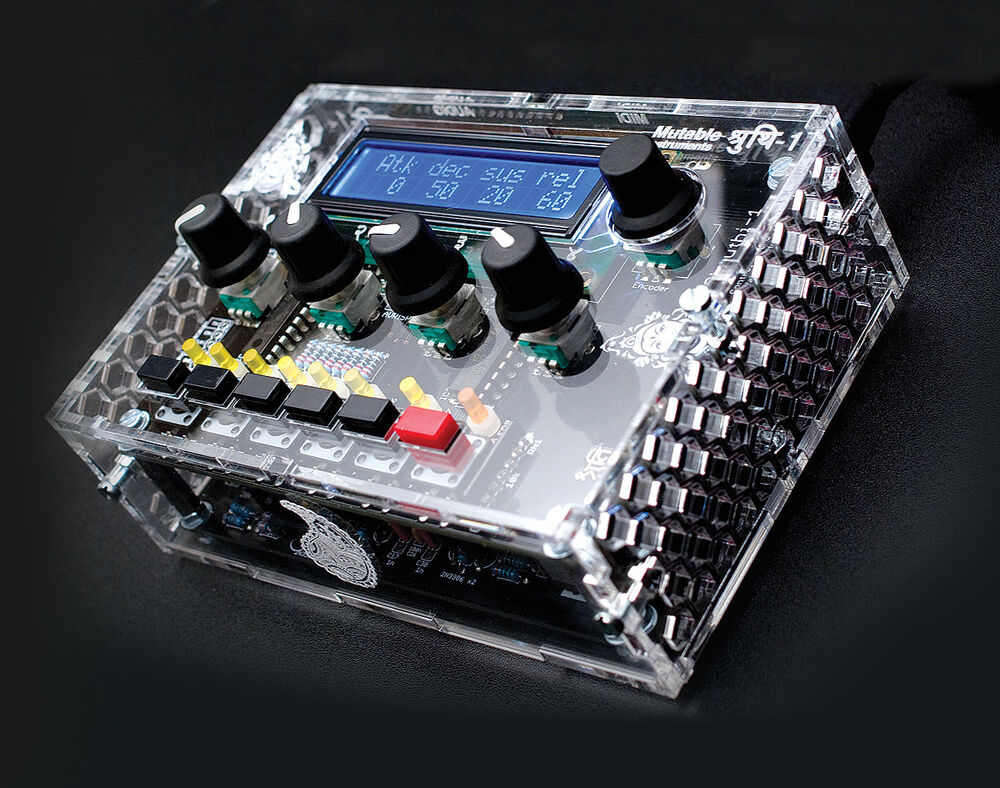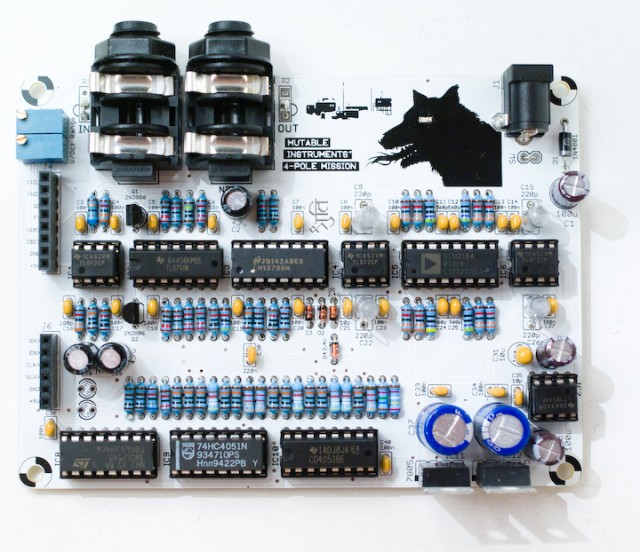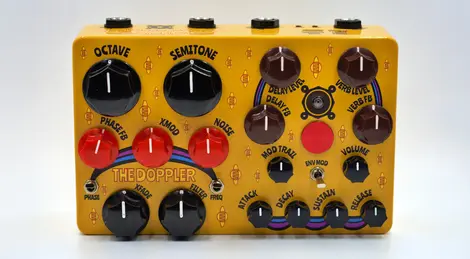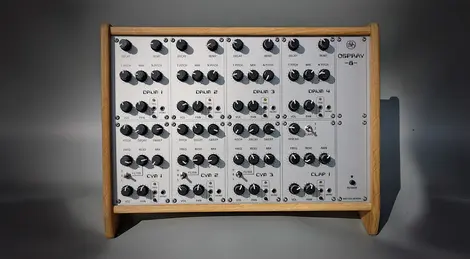The Mutable Instruments Shruthi: A DIY Legend That Shaped Modern Synthesis

Long before Mutable Instruments became famous for their groundbreaking Eurorack modules, Olivier Gillet's company made its mark with a remarkable DIY synthesizer that would become legendary in the electronic music community. The Shruthi, produced from September 2010 to July 2015, wasn't just another synthesizer – it was a gateway that introduced countless musicians to the world of DIY electronics and hybrid synthesis.
The Birth of a DIY Icon
The Shruthi emerged during a time when affordable synthesizers were scarce, and the DIY electronic music scene was hungry for accessible yet powerful instruments. Priced at about $160, the Shruthi offered something unprecedented: a sophisticated hybrid digital-analog monosynth in kit form that even complete beginners could successfully build.
The genius of the Shruthi lay in its modular design philosophy. Rather than creating a single, fixed synthesizer, Mutable Instruments developed a system with two main components: a digital control board containing the oscillators, display, and user interface, and a separate analog filter board housing the VCF, VCA, and output stage. This approach allowed for extraordinary flexibility and spawned numerous variations.
A Palette of Analog Flavors
What truly set the Shruthi apart was its extensive range of filter board options. Each filter board offered a completely different sonic character, effectively giving users access to multiple synthesizers within a single platform:
SMR4 mkII provided solid, Roland-inspired four-pole filtering perfect for classic analog sounds. The Polivoks filter brought the harsh, distinctive character of the Soviet synthesizer, complete with additional distortion modes for even more aggressive tones.
The 4-Pole Mission filter board used advanced "pole-mixing" techniques inspired by the Oberheim Xpander, offering fifteen different filter responses and four resonance flavors ranging from clean and liquid to chaotic and wobbly.

Other popular options included the Yellow Magic filter with its MS-20-style response and built-in delay, the Dual SVF offering two multimode filters in series or parallel, and the experimental LP2+Delay combining MS-20 filtering with lo-fi digital delay.
Beyond the Standard Kit
The Shruthi's open-source nature and available schematics encouraged experimentation. The community developed custom modifications, adding extra encoders and switches for enhanced real-time control. Some builders created unique case designs, from the striking "Red Alert Edition" with Soviet-style graphics to the mysterious "Midnight Edition" featuring dark blue cases with ghost imagery.
The Shruthi XT represented the official evolution of the concept, featuring a larger control surface with 29 potentiometers for comprehensive hands-on parameter control. This version addressed one of the original Shruthi's few limitations: the need to navigate through pages to access different parameters.
Sound and Synthesis
The Shruthi's digital oscillators were far from basic. With 35 available waveforms ranging from classic analog shapes to sophisticated wavetables and FM synthesis, the sound palette was remarkably diverse. The synthesis engine included two digital oscillators, a sub-oscillator, dual envelopes, two LFOs, and a comprehensive modulation matrix.
What made the Shruthi special was its ability to sound authentically analog or distinctly digital, depending on the settings and filter board choice. The 8-bit microcontroller handling oscillator duties could produce everything from warm, vintage tones to gritty, aliased textures that became part of the instrument's character.
Building Experience and Community
The Shruthi became many people's first step into the world of synthesizer DIY (SDIY). The carefully designed kit included components sorted into separate bags to minimize confusion, and most integrated circuits were socketed for easy replacement. Build documentation was extensive, and the community support was exceptional.
Success rates were remarkably high, with many complete beginners successfully completing their builds on the first attempt. The experience of building a Shruthi often led enthusiasts deeper into the world of DIY electronics and synthesizer modification.
The Video Demo
Legacy and Influence
Though discontinued in 2015 as Mutable Instruments shifted focus to Eurorack modules, the Shruthi's influence continues to resonate. Its modular design philosophy can be seen in modern DIY projects, and its combination of digital oscillators with analog filtering became a template for many subsequent hybrid synthesizers.
The open-source nature of the project ensured its survival beyond official production. Companies like Tubeohm continue to offer Shruthi-inspired designs, while projects like the Shrolca combine Shruthi architecture with Korg Volca-style packaging, bringing the concept to new generations of musicians.
A Lasting Impact
The Mutable Instruments Shruthi was more than just an affordable synthesizer kit – it was a catalyst that transformed the DIY synthesizer community. By making sophisticated synthesis accessible to builders of all skill levels and offering unprecedented customization through interchangeable filter boards, it democratized synthesizer ownership and inspired countless musicians to explore electronic music creation.
Today, the Shruthi stands as a testament to the power of open-source design and community-driven development. Its influence can be felt throughout the modern synthesizer landscape, from the thriving DIY community it helped nurture to the design philosophies of contemporary hybrid instruments. For many musicians and builders, the Shruthi wasn't just their first DIY synthesizer – it was the beginning of a lifelong passion for electronic music creation.







